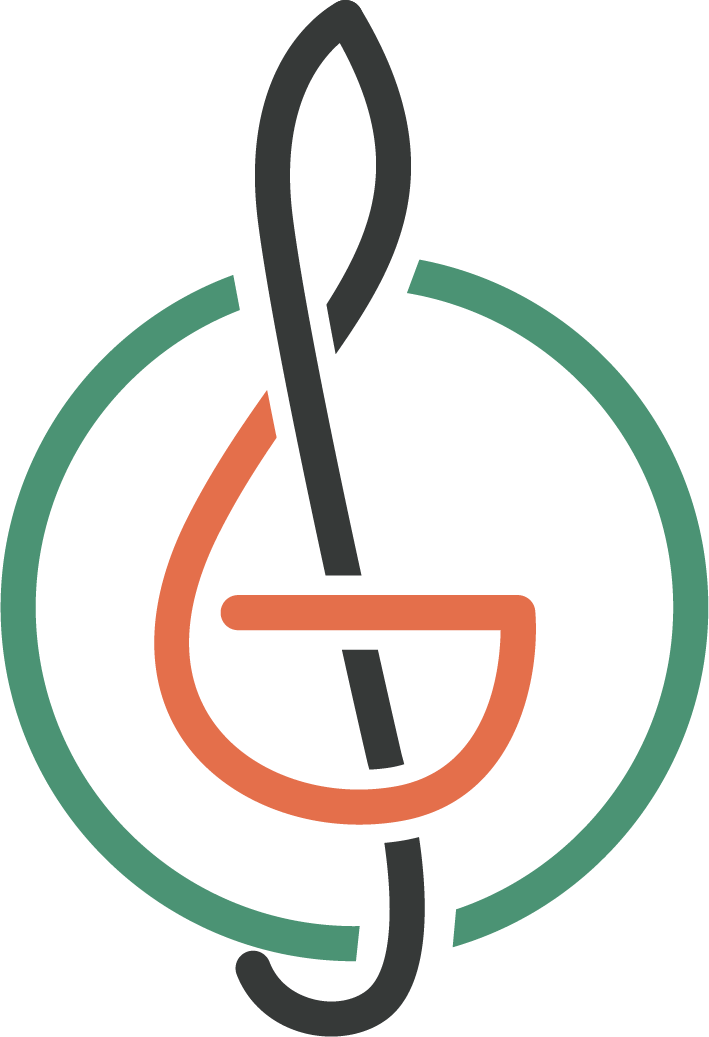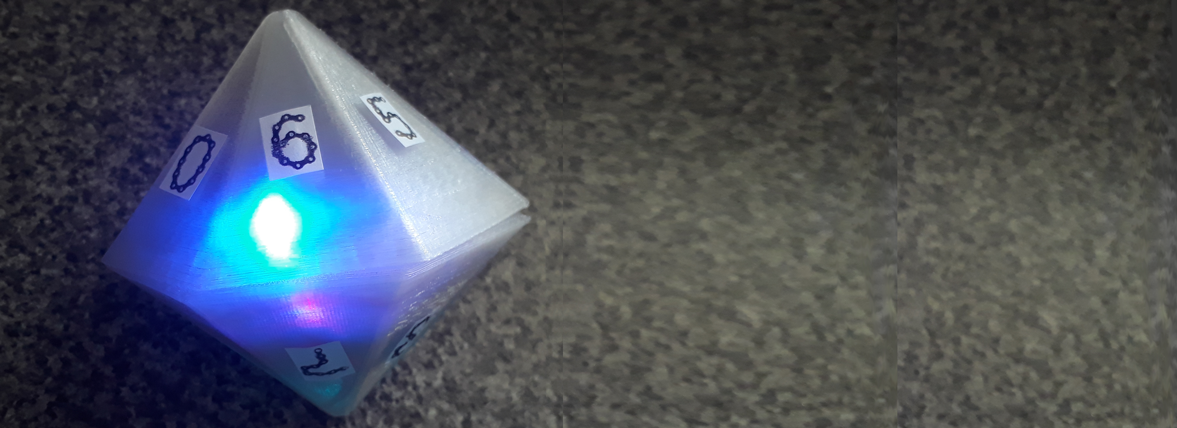Reflect Project Outcome

MathDice

Reflect Project Outcome

MathDice

The actual final product, unfortunately, doesn't have all the functionality as the ideal intended concept because some parts had to be simulated or only
the data was gained but nothing substantial was done with it. The main part of the prototype was the audio as it was essential for the actual product
to fit within the team domain of musical things. Other concepts in this domain also utilised music as a way to help students learn by playing audio
when certain interactions are done. I knew it wasn't going to be feasible for some of the audio as I didn't have the experience or the know-how to
create this in the time frame as it would require me being able to record sound and process it to see if it is similar to the sound stored. Thus,
audio for each number was focused on, instead, to play when the number has been rolled. This had to be simulated through the computer and Unity
rather than the dice as the required sensors were not brought and the computer was able to show the intended interaction effectively to allow
the users to understand the functionality. The actual product was created to include the main parts of the functionality that would encourage
and engage users to learn multiplication through music and coloured lights as students would be intrigued with the unfamiliar form of the product.
The actual product at the moment would not effectively be useful to students starting to learn multiplication as the intended version allows them
to multiply numbers to the one that is stored when the user shakes the dice after rolling it; although the number is being recorded and multiplied
with the next number, an error occurs when the user repeats the process. Thus, this product would be more suited to students who have started
learning multiplication; however, they are struggling to stay engaged.
How the product addresses the overall studio theme is by being a physical prototype that users must interact with by rolling, throwing and shaking
a 14-sided dice which is not normally used by people or seen as it is not one of the more popularly used dice. Dice normally don't light up and
have an audio play when a number is rolled, making it novel.
The final product has met the project’s desired outcomes to some extent because the form is the main part of the prototype that the user interacts
with as all the sensors are within it and the user is not required to play audio from the computer because it will do it automatically. How this
was measured was by asking someone living in the same household to interact with the dice by rolling, throwing and shaking it. The user didn’t
have any issues other than being nervous about breaking or damaging the sensors inside due to them not properly being secured. The form itself
was easy to use and handle as children were asked to interact with it. This proved to be a success because they were curious about it, explored
and played with it, without it becoming damaged or causing a safety concern. The interactions were easier, and feedback was displayed quicker to
the user, thus, causing less frustration and concern that there is a problem as the MPU6050 was used instead of Vuforia.